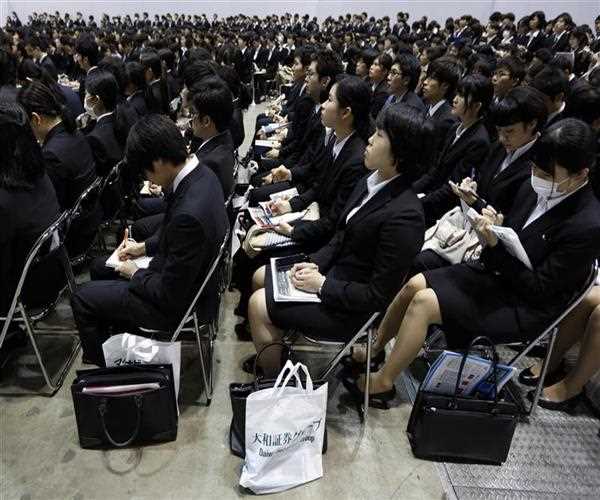Search here

13-Mar-2023
How the Education system of Japan is different than that of India
The education systems of Japan and India differ in many ways, from their structures and curriculum to their teaching methods and cultural values. Understanding these differences can provide insight into the strengths and weaknesses of each system, as well as the challenges and opportunities they face.
Structure of the Education System: In Japan, education is compulsory for nine years, from elementary school (grades 1-6) to lower secondary school (grades 7-9). After that, students can choose to attend upper secondary school (grades 10-12), which is not mandatory. Students who choose to attend upper secondary school can further choose between academic and vocational tracks. Higher education, such as universities and colleges, is also available but is not mandatory.
In India, education is compulsory for children between the ages of 6 and 14. The education system is divided into primary education (grades 1-5), upper primary education (grades 6-8), secondary education (grades 9-10), and higher secondary education (grades 11-12). Higher education, such as universities and colleges, is also available.
Curriculum: The Japanese curriculum places a strong emphasis on the mastery of fundamental skills, such as reading, writing, and mathematics, as well as social and moral education. Students are expected to learn self-discipline, respect for others, and a sense of responsibility. The curriculum also includes subjects such as science, history, and foreign languages.
The Indian curriculum is more diverse and includes subjects such as language, mathematics, science, social studies, and art. The focus is on acquiring knowledge and skills that will help students pursue higher education and careers in various fields.
Teaching Methods: In Japan, the teaching methods emphasize rote learning and memorization. Teachers use lectures and textbooks to teach students and encourage them to work independently. Group work and discussion are not as common, and students are expected to follow a set curriculum and complete assigned tasks.
In India, teaching methods are more interactive, with teachers using a variety of techniques, such as group work, discussion, and hands-on activities, to engage students. The emphasis is on critical thinking and problem-solving skills rather than memorization.
Cultural Values: The education system in Japan is deeply rooted in the country’s cultural values, such as discipline, respect, and hard work. These values are reflected in the teaching methods, curriculum, and student behavior. Students are expected to show respect to their teachers and classmates, and hard work is considered essential for success.
In India, the education system is influenced by the country’s cultural diversity and traditions. The emphasis is on values such as family, community, and spirituality. Students are encouraged to respect their elders and to value education as a means to a better life.
Challenges and Opportunities: Both the Japanese and Indian education systems face challenges and opportunities in the 21st century. In Japan, there is a growing concern about the declining birth rate and the aging population, which has led to a shortage of students in schools. The government is taking steps to address this issue by investing in early childhood education and promoting greater access to education for girls and women.
In India, the education system faces challenges such as a lack of funding, inadequate infrastructure, and unequal access to education. However, there are also opportunities to improve the system by leveraging technology, promoting teacher training and development, and increasing investment in education.
Conclusion: In conclusion, the education systems of Japan and India differ in many ways, reflecting their unique cultural values, social structures, and economic conditions. While each system has its strengths and weaknesses, there is an opportunity to learn from each other and to collaborate to create a better future for all students. By embracing innovation, diversity, and a commitment to excellence, both countries can build education systems that prepare students for success in the 21st century

SEO and Content Writer
I am Drishan vig. I used to write blogs, articles, and stories in a way that entices the audience. I assure you that consistency, style, and tone must be met while writing the content. Working with the clients like bfc, varthana, ITC hotels, indusind, mumpa, mollydolly etc. has made me realized that writing content is not enough but doing seo is the first thing for it.
Join Our Newsletter
Subscribe to our newsletter to receive emails about new views posts, releases and updates.
Copyright 2010 - 2025 MindStick Software Pvt. Ltd. All Rights Reserved Privacy Policy | Terms & Conditions | Cookie Policy